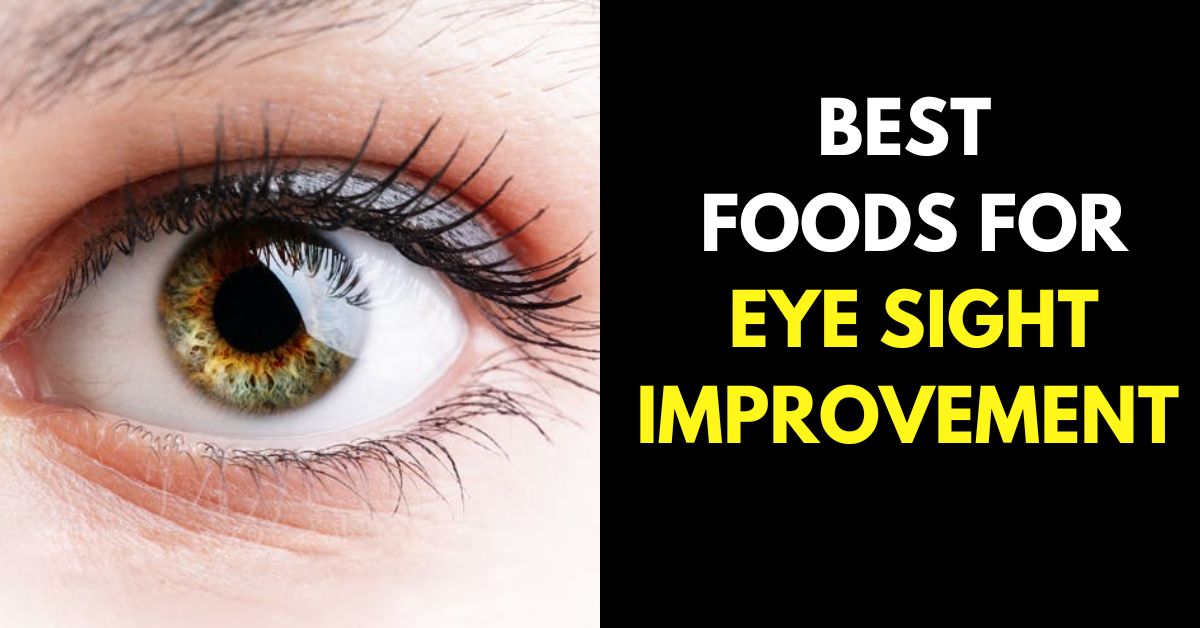What is a vaginal yeast infection and how can you treat it? Vaginal yeast infection is a common condition that causes itching, burning, and discharge. It can be caused by an overgrowth of yeast in the vagina. The most common cause of vaginal yeast infections is Candida albicans.
Vaginal yeast infection is a condition in which Candida albicans grow out of control in the vagina and cause infection.
It’s one of the most common types of vaginitis (inflammation of the female genital tract) and affects many women at some point during their lives.
This article will cover some of the possible causes of Vaginal Yeast Infection, symptoms, prevention, and home remedies
What Is a Vaginal Yeast Infection?
Yeast is a fungus that grows naturally in the body. Normally, it lives on the skin, in hair, and inside the digestive tract without causing any problems. However, when there’s an overgrowth of yeast cells, you can get an infection. In women, this usually happens in the vagina, hence the name vaginal yeast infection.
Yeast infections are caused by an overgrowth of Candida albicans (scalp infections) or Candida glabrata (vaginal infections). Under normal circumstances, these fungi live in small numbers on mucous membranes throughout your body without causing any harm.
When conditions become favorable, such as when you’re taking antibiotics or using other medications that affect your immune system, they can multiply rapidly and cause problems such as vaginal itching and irritation or thick white discharge with a cottage cheese-like texture (known as curd)
Causes Vaginal Yeast Infection

The main cause is an imbalance between good and bad bacteria in your body, which results in too much candida yeast growing unchecked. This can happen after taking antibiotics or if you’re pregnant or breastfeeding. It can also happen if you have diabetes or other conditions that affect your immune system.
Some possible causes of vaginal yeast infection include:
Hormones: Hormonal changes that occur during menstruation, pregnancy or menopause can cause an imbalance in the natural flora of the vagina and result in a yeast infection.
Sex: Having sex with someone who has a yeast infection can put you at risk of getting one as well.
Diabetes: People who have diabetes may be more likely to get yeast infections because their bodies are less able to fight off infections than those without diabetes.
Antibiotics: If you take antibiotics for an infection somewhere else in the body, they can kill off the healthy bacteria in your vagina. This allows yeast to grow and flourish. Antibiotics can also change the acidity of your vagina, which makes it easier for yeast to multiply.
Douches and vaginal sprays: Some products designed to cleanse or freshen the vagina may actually affect the natural balance of bacteria in your body. Over time, this can lead to an overgrowth of yeast and other harmful organisms.
A weakened immune system: Women with weakened immune systems have an increased risk of developing candida infections because their bodies don’t fight off infections as well as other women’s bodies do. This can occur for many reasons, including stress and pregnancy (pregnant women have low levels of estrogen).
Symptoms of a Vaginal Yeast Infection

Yeast infections can be either mild or severe, and may include the following symptoms:
- Itching and irritation in the vagina and vulva
- Itching, burning, or pain during intercourse or when urinating
- A woman’s vulva may become swollen and red.
- Vaginal pain and soreness
- Vaginal rash
- Thick, white vaginal discharge that may smell slightly sour but is otherwise odor-free
- Watery vaginal discharge
Home Remedies for Vaginal Yeast Infection
Here are some of the most popular home remedies for vaginal yeast infection:
Garlic
Garlic is one of the best home remedies for vaginal yeast infections. It has anti-fungal properties and can be used to treat fungal infections like candidiasis. Garlic has an antibacterial and antifungal effect on the body, which makes it a useful remedy for many conditions.
Garlic can be taken orally or used as a topical application to get relief from vaginal yeast infections. You can add garlic to your diet by eating fresh garlic cloves or taking supplements containing garlic extract.
Apple Cider Vinegar
Apple cider vinegar is an effective remedy for vaginal yeast infections because it contains acetic acid which helps control inflammation and kill off harmful microorganisms in your body.
For one, a bathtub filled with half a cup of apple cider vinegar and warmed to lukewarm can eliminate yeasts that cause infections.
Vinegar should be diluted before using it on your skin. In addition, consider adding apple cider vinegar to your diet.
Baking Soda Bath
Baking soda baths are an effective home remedy for vaginal infections. Baking soda is an alkaline substance that helps balance the pH level of your vagina, thereby killing yeast infection.
Soak in a warm bath for about 20 minutes, then dry yourself off and go to bed. Repeat this every night until you notice improvement.
Coconut Oil
Coconut oil contains lauric acid which helps you fight against fungal infections like candida. It also promotes faster healing of your vaginal tissues and reduces inflammation.
Apply two teaspoons of coconut oil on your genital area before going to bed and wash it off in the morning with warm water followed by mild soap.
Tea Tree Oil
Tea tree oil contains antifungal and antibacterial properties that help fight off the growth of candida. Tea tree oil should be diluted before it is applied topically to prevent irritation of the skin around the vagina and vulva area.
Tea tree oil should not be applied directly on irritated skin as it may cause irritation of the skin at that spot itself.
Yogurt
Yogurt keeps your digestive system healthy and balanced so it doesn’t become overrun with bad bacteria or yeast fungi like candida albicans. To use yogurt as a remedy for a yeast infection, eat 1 to 2 cups per day with meals over two weeks.
Some women believe that applying yogurt to the vagina will help cure a yeast infection. However, sugar in most yogurts can cause bacteria and fungi to grow more quickly, making an existing yeast infection worse rather than curing it.
Essential Oil of Oregano
Oregano essential oil has been found to be effective against many types of fungi, including candida albicans. This means that it is useful for treating vaginal yeast infections caused by the fungus candida albicans.
Oregano essential oil can be applied topically to the affected area and also taken internally as a supplement. Add 3 to 5 drops of essential oil per ounce of carrier oil, and then apply the mixture to your skin.
Boric Acid
Boric acid is an antifungal remedy that can be used to treat vaginal yeast infections. It is effective because boric acid kills the fungi that cause yeast infections
Boric acid can be toxic when ingested or absorbed through broken skin. Don’t use boric acid on open wounds, and don’t swallow it.
Boric acid should not be used by pregnant women.
If your skin is sensitive, you might want to discontinue the use of this product if any discomfort occurs.
Hydrogen Peroxide
Hydrogen peroxide is another antifungal remedy that can be used to treat vaginal yeast infections. It works by killing off any fungi present in your body, including those causing your vaginal yeast infection.
Hydrogen peroxide will not cure your vaginal yeast infection but it does relieve symptoms significantly by reducing inflammation, itching, and burning sensation in your vagina during treatment with other remedies such as boric acid or oregano oil above.
It’s recommended that you dilute the peroxide with half water before applying it to your genitals, and don’t use it for an extended period of time.
Vitamin C
Vitamin C is an essential nutrient that can help prevent and cure a vaginal yeast infection. Vitamin C boosts the immune system, which is especially helpful in fighting off yeast infections.
In order to fight the yeast infection, increase your intake of vitamin C. Do not apply an acidic form of vitamin C directly onto sensitive vaginal tissue.
Vitamin E
Vitamin E is another essential nutrient that helps in improving the health of your immune system as well as other parts of your body such as muscles, bones, and skin cells. It also helps in preventing future infections from occurring again. You can consume this vitamin through foods such as almonds, avocados, spinach, olive oil, etc..
Applying a vitamin E suppository or a few drops of the oil to the vagina and vulva can help soothe vaginal membranes.
Preventing Yeast Infections

There are ways you can prevent or lessen the chances of getting a yeast infection. Hygiene and diet both play roles in preventing these infections, which include:
- Wearing cotton underwear, which allows your skin to breathe.
- Ramping down your habit of spending hours in the bathtub or hot tub.
- It is important to change out of wet clothes as quickly as possible.
- If you are menstruating, change your tampon every few hours.
- Eating yogurt helps keep yeast levels under control.
- Eating a diet low in sugar
- Avoid drinking too much beer.
- Drinking plenty of cranberry juice or taking a supplement made from cranberries
When to See a Doctor
Most home remedies provide relief within a few days, but some may take up to 1 week before you begin noticing improvement. If symptoms persist after two weeks, consult your doctor about other treatment options.
Conclusion
With a solid understanding of yeast infections and their nuances, you’re better equipped to recognize, manage, and prevent these common ailments. By prioritizing proper hygiene, lifestyle adjustments, and seeking medical guidance when necessary, you can reclaim comfort and well-being in your daily life. Remember, knowledge is your strongest defense against yeast infections, and with the insights provided here, you’re well on your way to maintaining optimal health and vitality.






1 comment
Thank you, I appreciate it!
Comments are closed.